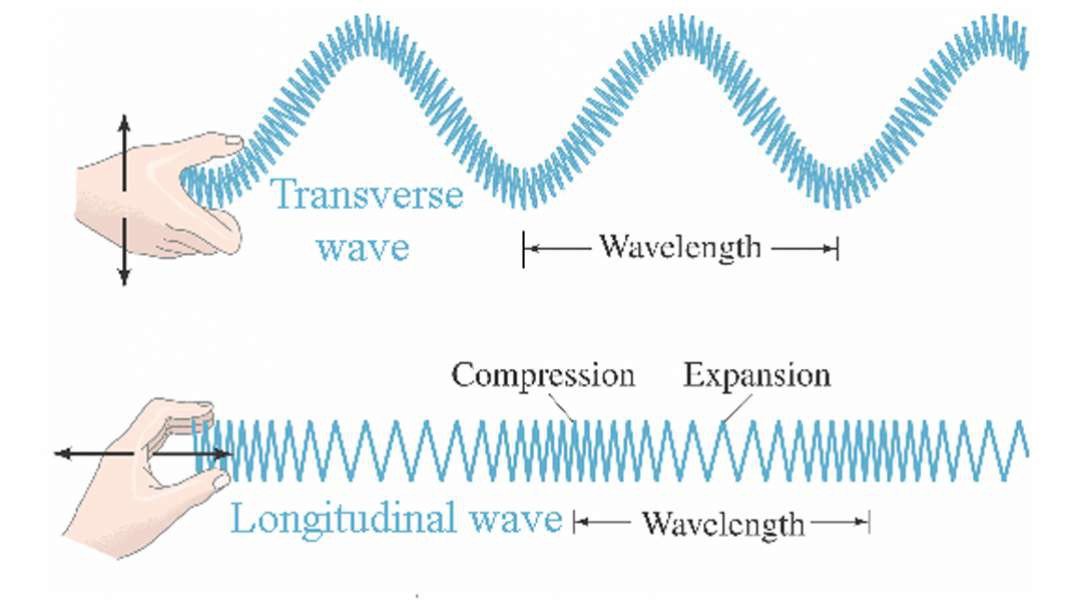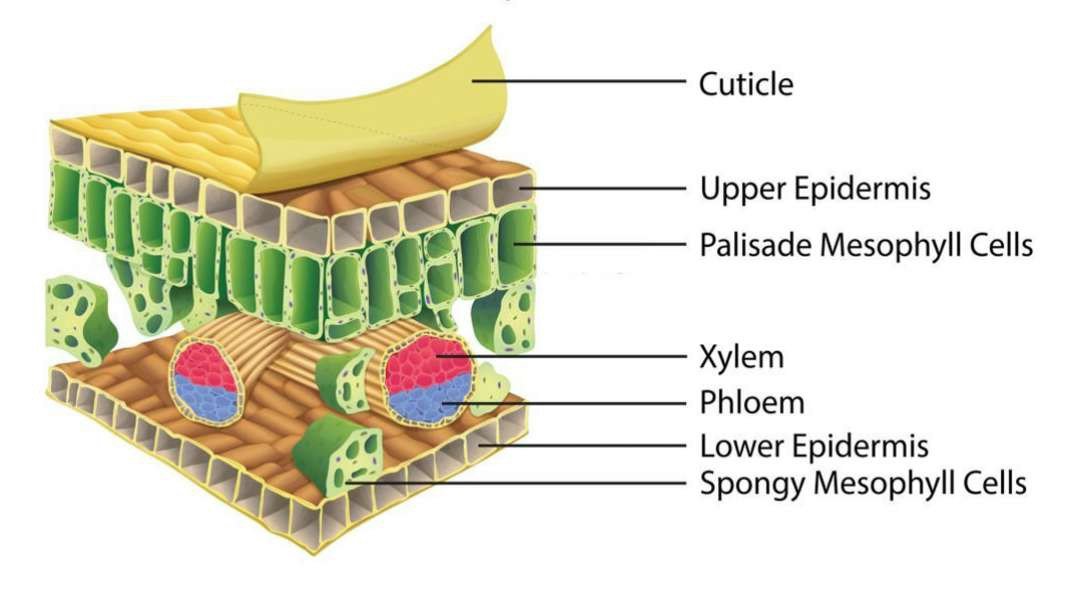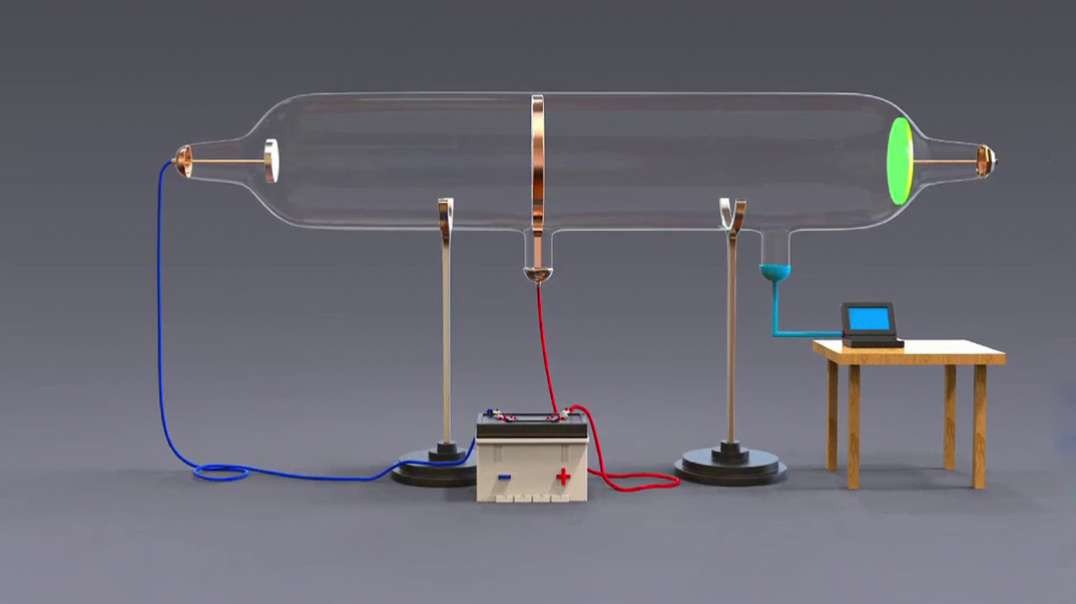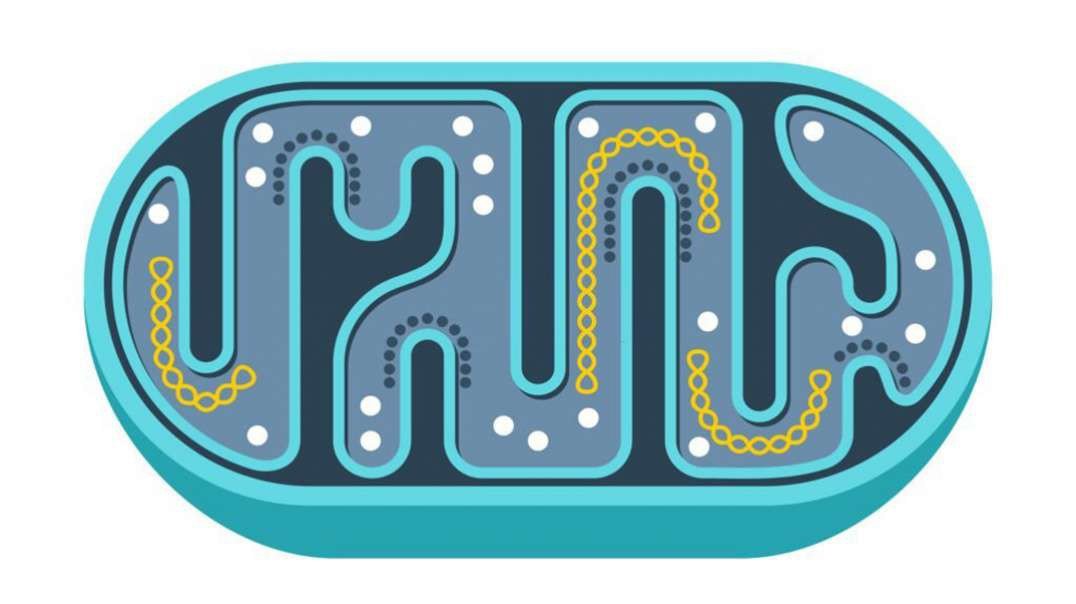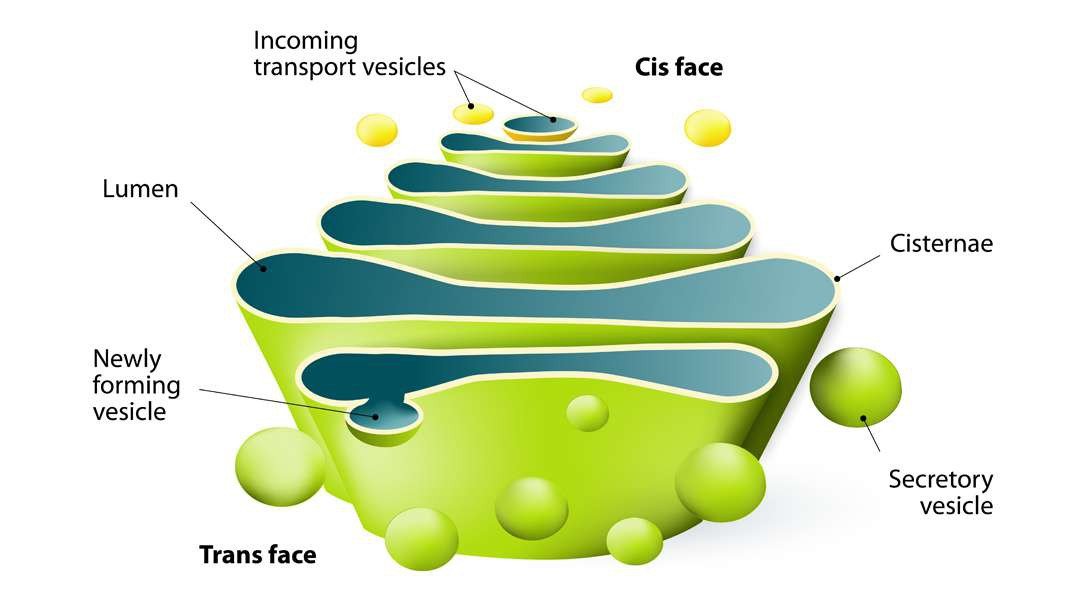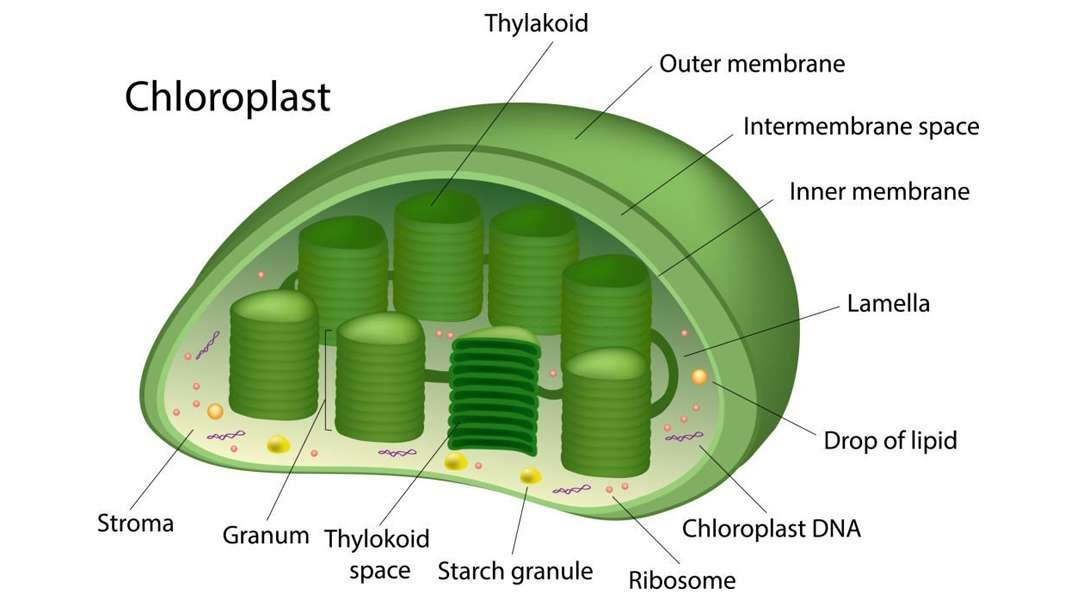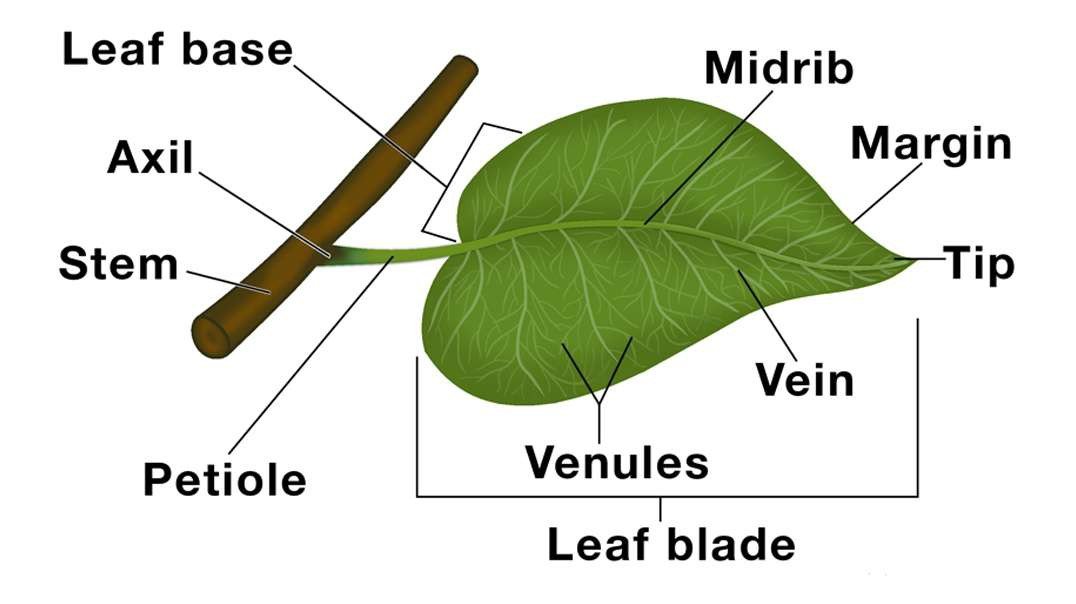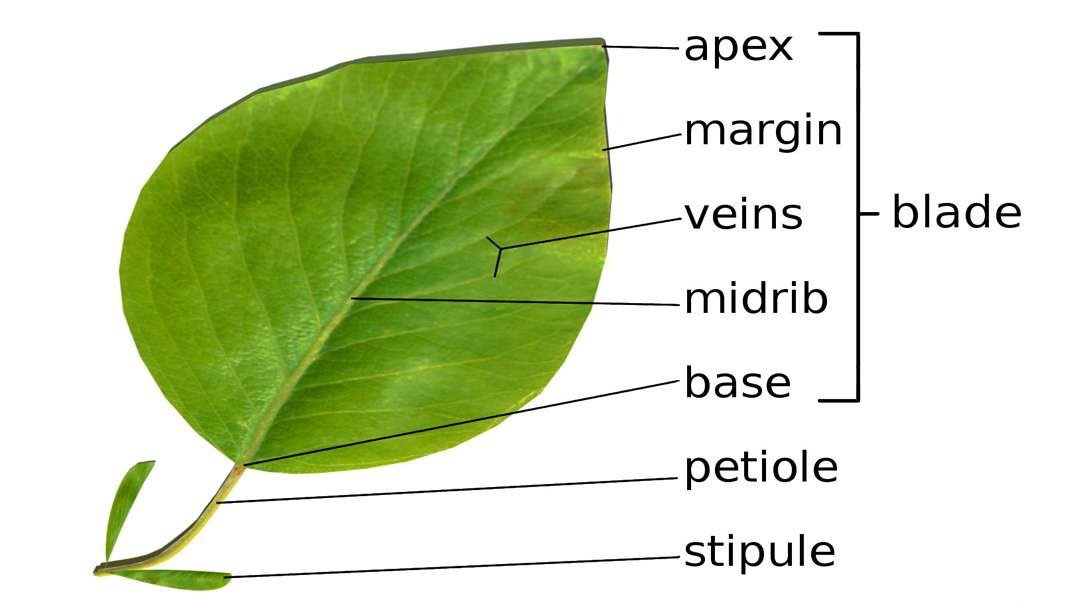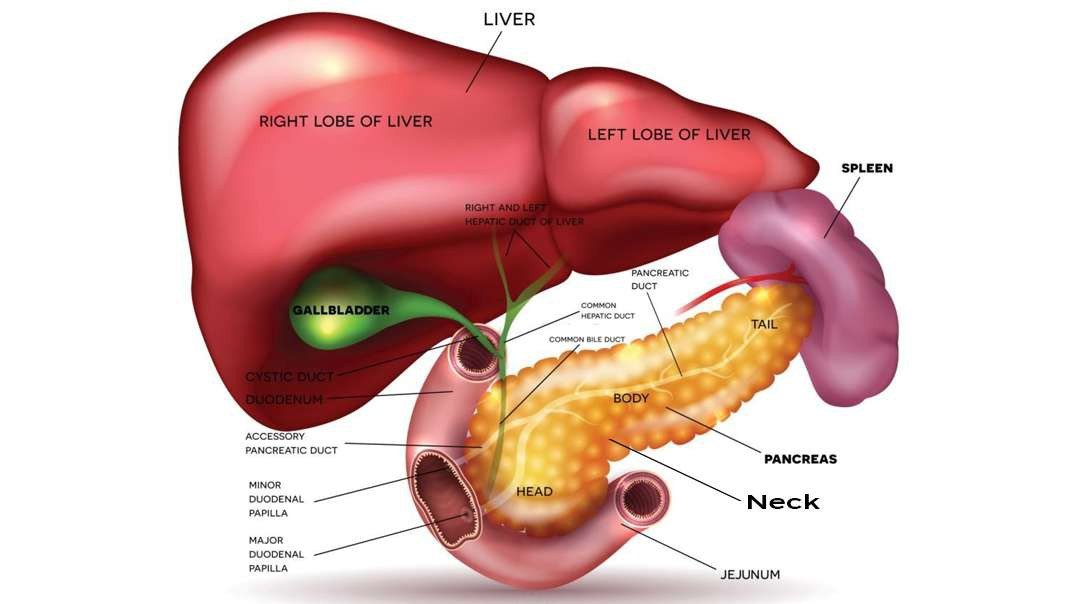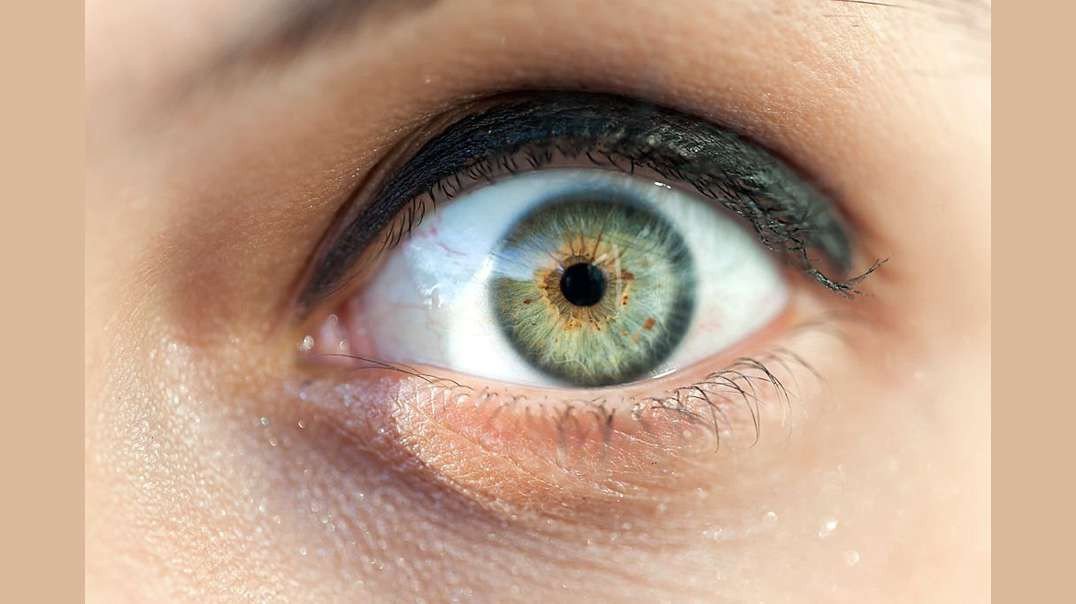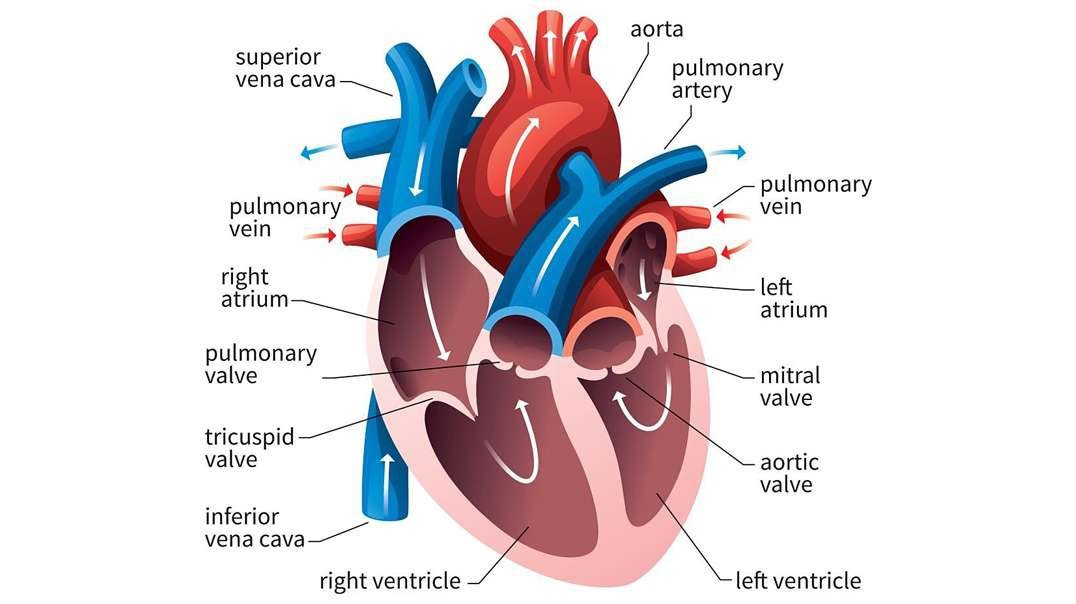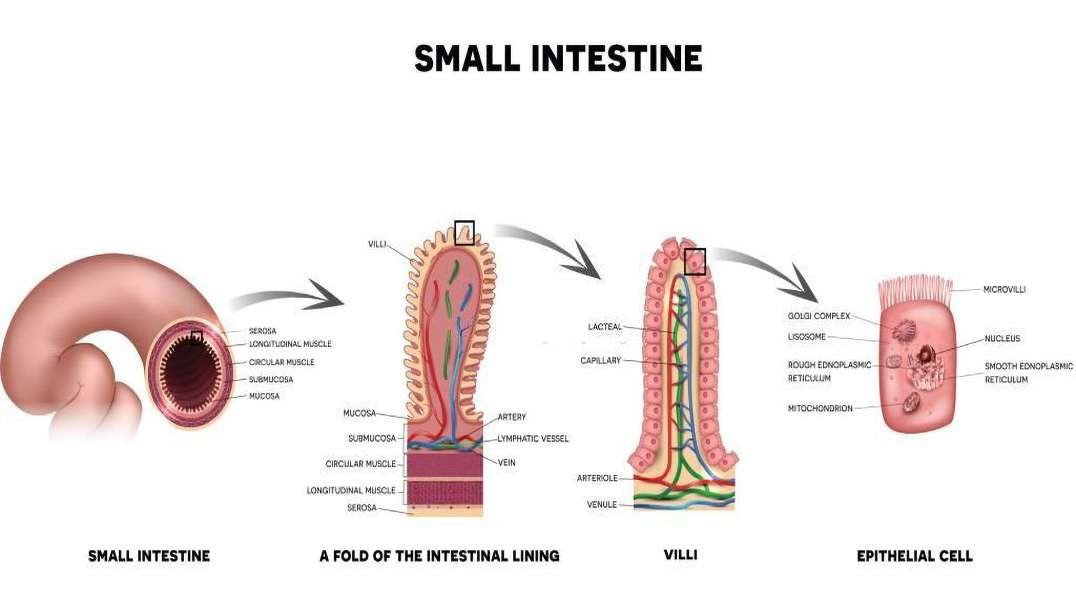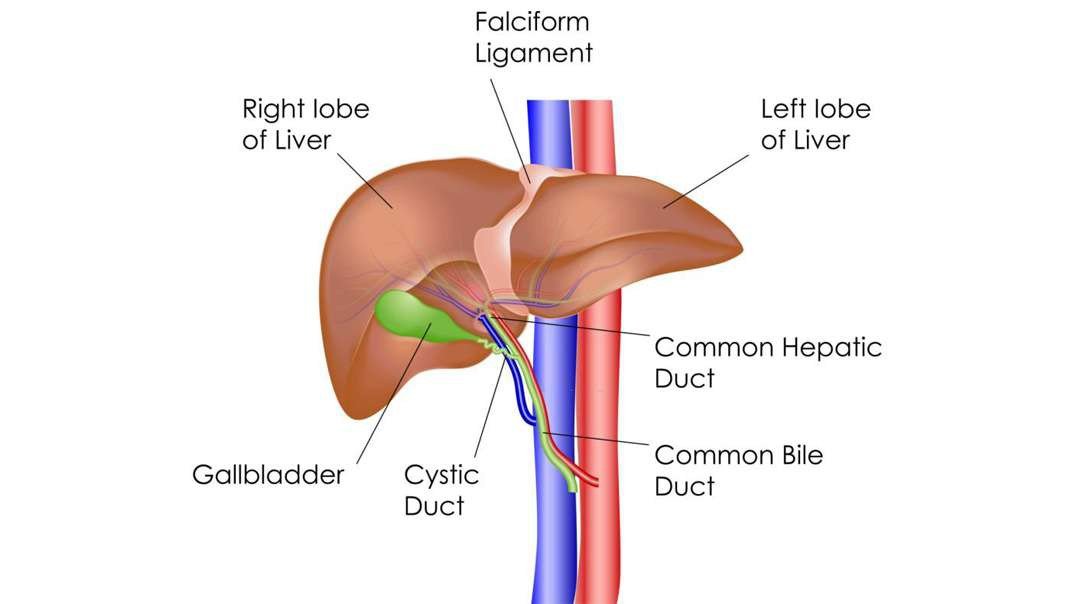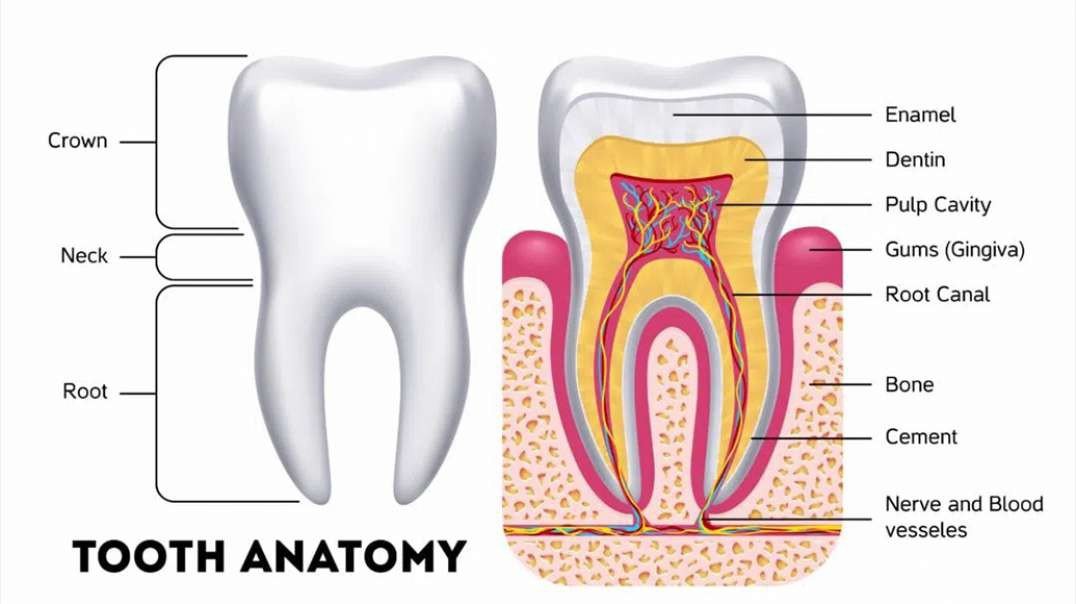
:
Structure and Types of teeth
Types of Teeth
Teeth are hard structures found exclusively in all vertebrates. Granted, some invertebrates have analogous “teeth”, but they are quite different in their structure and functions. There are different types of teeth found in humans.
Let us have a look at the types of teeth in humans and other organisms in detail.
Table of Contents
Human Teeth
Types
Incisors
canines
Premolars
Molars
Wisdom Teeth
Diphyodonts and Polyphyodonts
Conclusion
Human Teeth
Unlike pythons and pelicans, humans cannot swallow food in one big gulp. Food must be broken down into smaller pieces before it can be swallowed. This function is performed by hard, calcified structures called teeth.
Humans have different types of teeth that perform various functions such as cutting, tearing, shearing, grinding and crushing. The teeth are powered by the jaw muscles and lubrication is done with the help of saliva, which is produced in the salivary glands.
Vertebrates possess teeth that vary in structure and numbers. These arrangements of teeth are expressed through a special formula called the dental formula, which is expressed in the form of fractions.
Also Refer: Human Digestive System
Teeth are one of the strongest parts of the human body. It is mainly composed of proteins (collagen) and minerals (calcium). Apart from the digestion, teeth also play an important role in our speech. An adult will have 32 teeth, including the Wisdom teeth. Molars are the first permanent teeth to develop in, and most of the adults will have their complete set of permanent teeth in place by the age of 21.
Overall adults have 32 teeth in total, called permanent or secondary teeth, and it includes:
Eight incisors – Four incisors in the upper jaw and four incisors in the lower jaw.
Four canines – Two canines in the upper jaw and two canines in the lower jaw.
Eight premolars– Four premolars in the upper jaw and four premolars in the lower jaw.
Twelve molars- Six molars in the upper jaw and six in the lower jaw. It also includes four wisdom teeth.
Babies are born toothless as their primary source of food is mother’s milk. As the babies start to wean, milk teeth gradually start to appear. Milk teeth get replaced by permanent teeth by the time the individual turns six years old. Among the four types of teeth, the lower incisors are the first primary teeth to develop in, and most kids will have all their twenty primary teeth by age 3, which includes:
Eight incisors – Four incisors in the upper jaw and four incisors in the lower jaw.
Four canines – Two canines in the upper jaw and two canines in the lower jaw.
Eight molars – Four molars in the upper jaw and four molars in the lower jaw.
Also, during this phase, an individual will have a combination of milk and permanent teeth. Consequently, this stage is called mixed-stage.
Also Read: Facts About Teeth
Human Teeth Diagram
The given diagram of human teeth shows different types of teeth in humans.
Types of Teeth in Humans
Human Teeth Diagram
Types of Teeth in Humans
Teeth have different shapes as each tooth has a particular role to perform during mastication (chewing) and eventually digestion. They are also positioned differently, so as to better serve their purpose.
There are four different types of teeth in humans. Listed below are the form and functions of types of human teeth:
Incisors
Incisors are present at the front of the mouth. These teeth have sharp edges and are adapted for cutting food into small, chewable pieces. Humans have eight incisors, four incisors in the upper jaw and four in the lower jaw.
Canines
Canines are also called cuspids. They are situated at the ‘corners’ of the dental arches. They are characteristically sharp, elongated and pointy surface. Their primary function is to grip and tear food (tough food such as meat). Humans have four canines, two in the upper jaw and two in the lower jaw.
Premolars
Premolars are also called bicuspids and are located behind the canines. These teeth have a flat surface with ridges, which is adapted for crushing and grinding food into smaller portions. Humans have eight premolars, two on each side of the jaws.
Molars
Molars are the largest and strongest teeth. It has a large and flat biting surface, which is well-adapted for grinding food. Humans have 12 molars, six in each jaw. Four of those are wisdom teeth, which is also called the third molar, which come in between the ages of 17 to 25.
The 4 Types of Teeth
There are four types of teeth found in humans. Most other mammals have four types of teeth too.
Wisdom Teeth
Wisdom teeth also referred to as the third set of molars. They are the vestigial and final set of molars. This set of teeth appear between the age of 18 to 25. As per the reports and dentists advice, most of them remove their wisdom teeth, and this is mainly because of the poor alignment and partial eruption, which results in the bacterial infectious diseases, pain, swelling and stiffness of the jaw.
Diphyodonts and Polyphyodonts
Humans and other mammals, including geckos, vertebrates, and reptiles are all classified as diphyodonts, which means they possess two successive sets of teeth in their lifetime – milk teeth and permanent teeth.
Other vertebrates such as toothed fishes are classified as polyphyodonts, meaning that their teeth are continuously replaced during their lifetime. The only mammals which are polyphyodont are elephants, kangaroos and manatees.
Conclusion
In humans and other vertebrates, teeth play a fundamental role in the digestion and absorption process. Human beings eat food all through their lives. Hence, to withstand their prolonged use through years of chewing, teeth must be really hard and firmly anchored. The white, exposed part of the tooth is covered by enamel layer. This is the body’s hardest material.
Enamel is incredibly strong and is also translucent – which means light can be observed through it. Though enamel is the body’s hardest tissue, it has no living cells. This means that if the tooth gets chipped or broken, there is no way for it to repair itself.
Frequently Asked Questions
What are the four types of teeth?
Teeth are classified into four types:
Incisors
Canines
Premolars.
Molars
